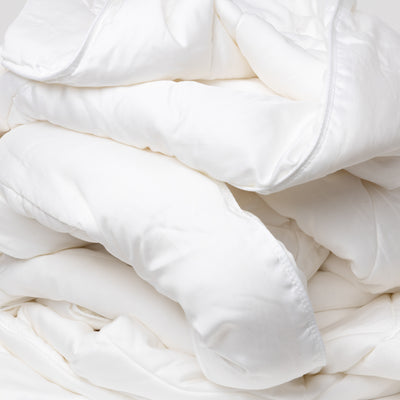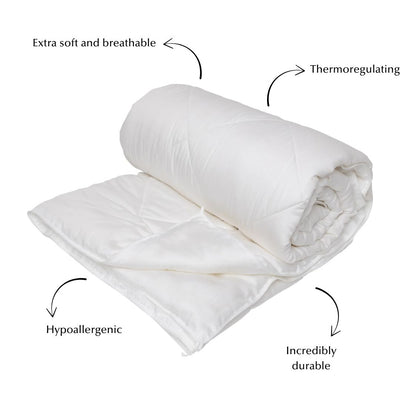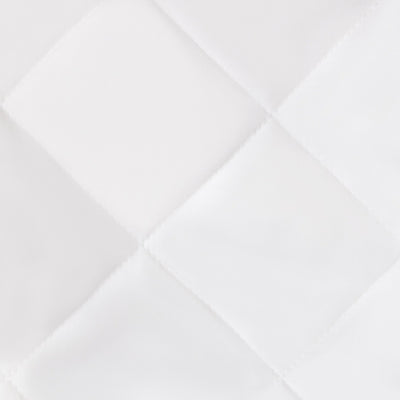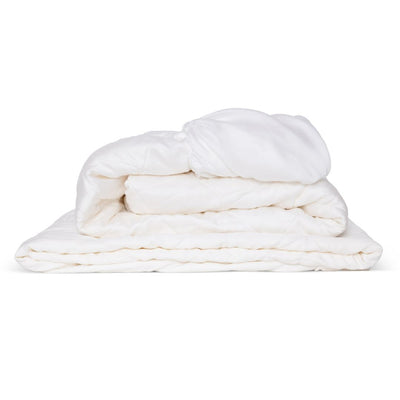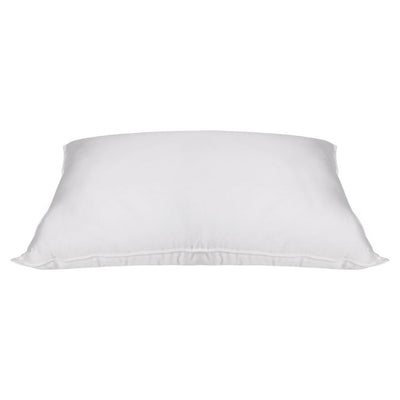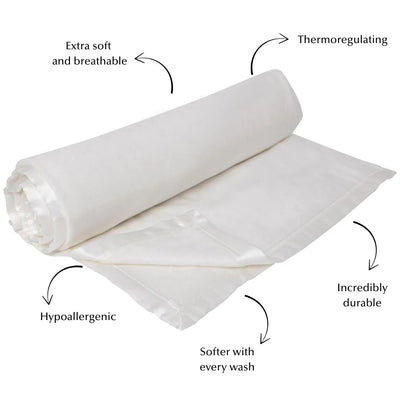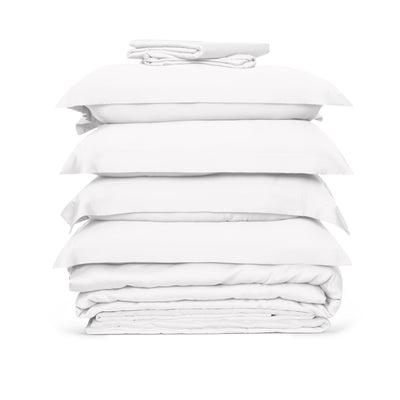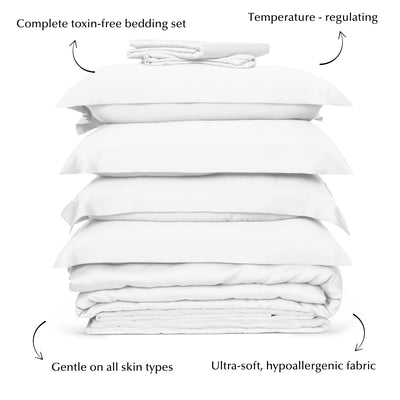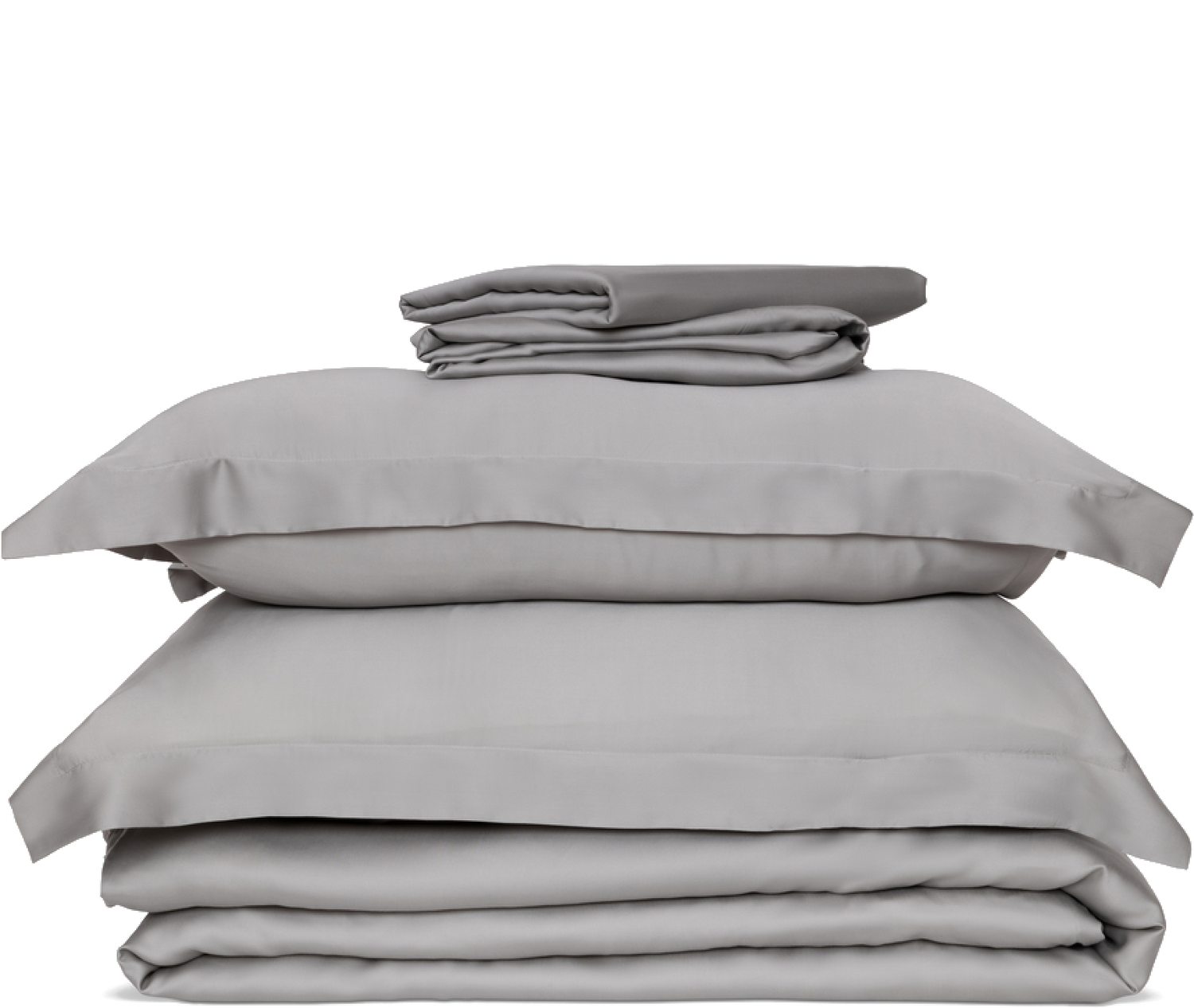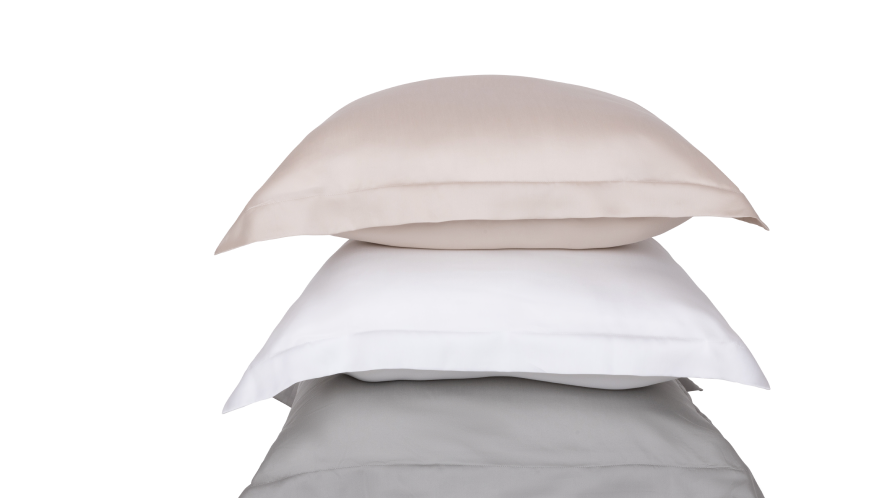The year is 2021, and we are in a sad state. We’ve gotten to the point that this planet, our home, cannot keep up with our level of consumption, and the tides are starting to turn against us. This has now caused environmental concerns.
Many of us are starting to realize the mess humanity is in and are working hard to achieve less personal waste and support more sustainable business practices. More people than ever are becoming vegan, while the demand for eco-friendly and organic products is rising.
In addition, businesses are jumping on the green bandwagon and providing their consumers with more sustainable products made responsibly. As consumers get educated about greenwashing and learning its signs, it is increasingly challenging to hoodwink the informed consumer.
What’s Sustainable Bedding?

The textile industry is one of the most significant polluters on the planet. Water-intensive, the apparel industry generates about 3.3 billion tons of greenhouse gas emissions a year.
In addition, the widespread use of chemicals in various stages of the manufacturing process releases these toxins back into the surrounding environment, polluting the water and soil of local communities for years.
Sustainable bedding, or all eco-friendly fabrics for that matter, is made with natural materials that take less water and resources. In addition, the farms and manufacturing operations use minimal toxic chemicals like bleach, pesticides, or insecticides.
Ethical companies look to place the needs of the environment and their consumers first, and their profits secondary. They must employ environmental protection and fair trade practices with safe working conditions.
To keep them honest, several independent certifications are available.
Oeko-Tex Standard 100 - This certification has strict testing criteria for the finished products for harmful chemicals. It ensures that the products are safe for human use.
GOTS - The Global Organic Textile Standards is the global textile standard with a clearly defined environmental and social practices criteria.
Fair Trade - A Fair Trade certification means that the business puts people and the environment first.
In addition to these organizations, the Forest Stewardship Council (FSC) protects our forests, and an FSC label means the materials used in the product were harvested sustainably.
What Are The Types Of Sustainable Bedding?
The demand for eco-friendly fabrics is on a steady rise in recent years. Not just for environmental reasons, fabrics treated with harmful chemicals can continue to off-gas VOCs (Volatile Organic Compounds) and degrade the air quality.
Using organic and natural bedding is remarkably important. We spend several hours each day with extensive skin contact with our bedding while our faces lie on pillowcases and breathe deeply.
Most sustainable fabrics have somewhat similar qualities. They are often made from fast-growing plants that need less water and chemicals to grow while being breathable, naturally antibacterial, and hypoallergenic.
Here are some of the more common eco-friendly textiles.
Hemp - One of the fastest-growing plants, hemp is an incredibly hardy plant that requires little to no fertilizer. They don’t take up much space; you can grow 250% more hemp than cotton in the same amount of land.
Linen - This breathable fabric is harvested from the flax plant. It doesn’t require many pesticides to grow and is made from 100% natural fibre.
Tencel - This unbelievably soft fabric has been gaining traction in recent years. Tencel comes from the wood pulp of some trees like eucalyptus, birch, and beech, which do not need any insecticides, pesticides, or fertilizers to grow.
In addition, it is manufactured in a closed-loop system, which means 99% of the solvents, water, and natural chemicals are recycled to make the next batch. A closed-loop system drastically reduces the product’s carbon footprint, saves resources, and protects surrounding environments.
Bamboo - Three times stronger than cotton, bamboo is a fast-growing biodegradable plant and one of the most sustainable textiles around.
Organic Cotton - Cotton is one of the most environmentally demanding textiles. We’ll get more into that soon. However, organic cotton has a more ethical production, using less water and is grown without pesticides, chemicals, and genetic modifiers. This protects the local community and surrounding ecosystems from harmful toxins.
Despite all these textiles being marketed as “sustainable”, always check and, whenever possible, buy ethically sourced certified organic. Uncertified products might use natural materials but have chemicals added at other stages of the manufacturing process.
The Problem With Cotton
Cotton is the most popular fabric on the planet. It is the world’s largest non-food crop that grows in about 80 countries. 80% of the global production is concentrated in these six countries - The US, India, China, Brazil, Pakistan, and Australia.
However, how cotton is made comes from a high environmental cost. Cotton farming requires widespread use of harmful chemicals, is a highly water-intensive crop, and causes soil degradation, this has harmful environmental effects.
Why is Cotton Bad for the Environment?
- Cotton uses 2.5% of the world’s land, approximately 35 million hectares.
- Cotton is one of the most heavily sprayed crops in the world. It uses 16% of the global amount of insecticides and 25% of pesticides.
- Of the pesticides used to grow cotton, 77% of the compounds comprise 15 of the world’s most dangerous, toxic chemicals.
- A lot of cotton farming occurs in developing countries with no means to protect themselves and their families from contamination.
- It takes 1,000 litres of water to produce a single kilogram of cotton. At the current production levels, the cotton industry consumes 250 billion tons of water litres annually. A single t-shirt takes 2,700 litres of water.
- In addition, cotton farming often takes place in developing communities that are vulnerable to water shortages.
- The Aral Sea was once the 4th largest lake globally and is now a toxic, barren wasteland. Instead of the lake, 43 million tons of chemicals are released into the environment. The surrounding region has one of the highest rates of throat cancers globally, accounting for about 80% of all cancer cases in addition to tuberculosis.
- In the cotton-growing region of Uzbekistan, polluted water was found at depths of up to 150 meters. As a result of contaminated drinking water, about 85% of the population suffers from poor health.
-
The cotton industry emits 220 million tons of carbon dioxide each year.
-
The World Health Organisation has a study that has linked approximately 20,000 individuals to cancer, congenital disabilities, and miscarriages to living near cotton farming regions.
- The global fashion industry produces 100 billion pieces of clothing annually. 80% ends up in landfills or is incinerated, while only 20% are recycled.
- The water runoff from cotton farming contains impurities like salt that degrade the quality of the soil and cause erosion. The soil is then rendered unusable for agricultural land.
-
Cotton farming throughout history has been heavily linked to the slave trade. Following that, activist groups now have evidence of child and forced labour in cotton farming today. Children as young as five work in fields have been documented to work in India, Egypt, and Uzbekistan.
Over consumption has caused us to tax our planet’s resources severely, leading to a social and environmental mess. We can help by only choosing to buy organic and natural while reducing the consumption of cotton.
How To Reduce Cotton Consumption?
- Avoid single-use items like swabs, cotton buds, wipes, and tissues. Look for reusable alternatives and wash them instead.
- Buy only what you need. Many of us have plenty of clothes in the wardrobe that lie unused for years. Think about giving them to the nearest shelter or donate them to a charity to reduce the overall need to produce more.
- Ask retailers for certified organic cotton. The more we ask for products, the more likely businesses are to cater to the demand and start sourcing for more ethical alternatives.
- Don’t accept freebies that you don’t need. Events, gyms, and businesses often give away t-shirts and other apparel to market their products and services. If you don’t need it, don’t take it.
- Try repairing before chucking out that old t-shirt heading straight for the landfill. Bleaching a white t-shirt will give it a new lease on life, while patching up minor holes make the item suitable for casual wear.
- Send gifts of clothes back to your generous friend to be returned if you don’t need them, or switch them with something you’ll actually use.
- De-clutter your wardrobe and donate clothes to close the system and benefit less fortunate folks in shelters or charities. A minimal life is much more economically viable and less time-consuming anyway!
Conclusion
All is not lost. Now more than ever, there is a myriad of sustainable alternatives to cotton. The textile and fabric world might be exciting and necessary, but by making minor tweaks, we can make more responsible choices and minimize our carbon footprint.
Not only will sustainable bedding and apparel choices benefit the environment, but there are also numerous health benefits for you to avoid contact with harmful chemicals often used.
Thank you, and we wish you the very best of luck in your journey to a happier, healthier lifestyle.

